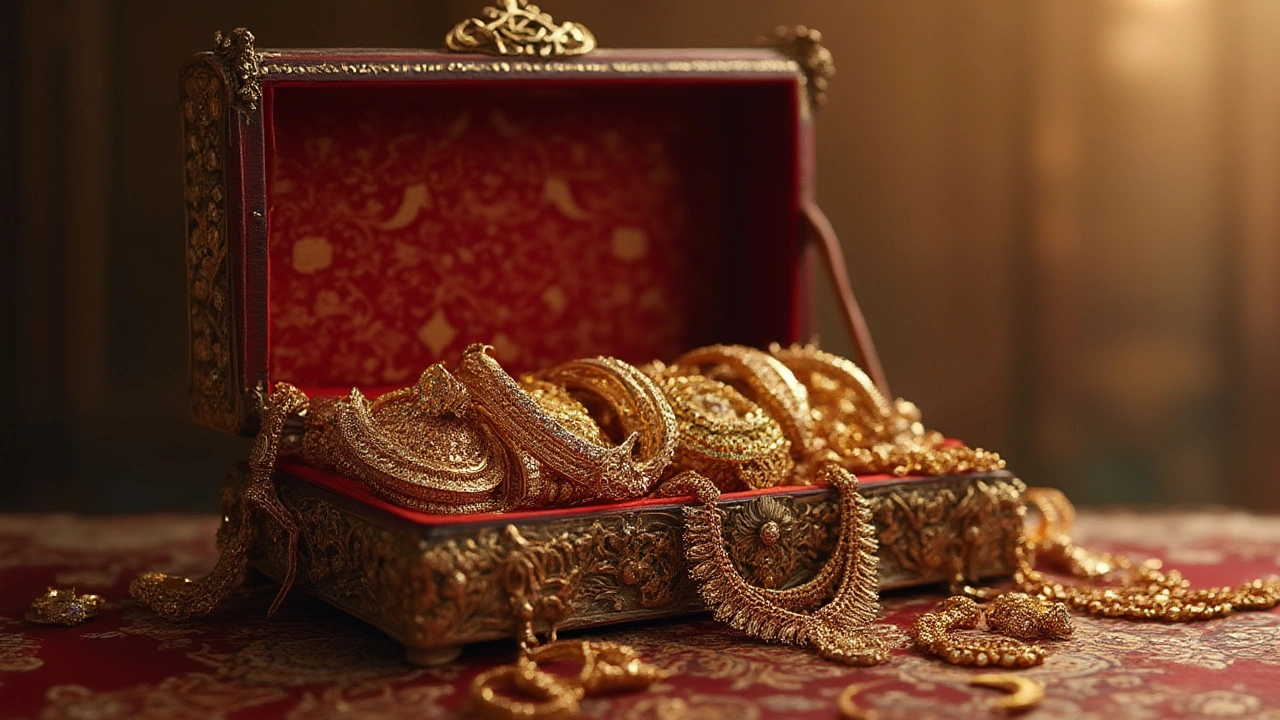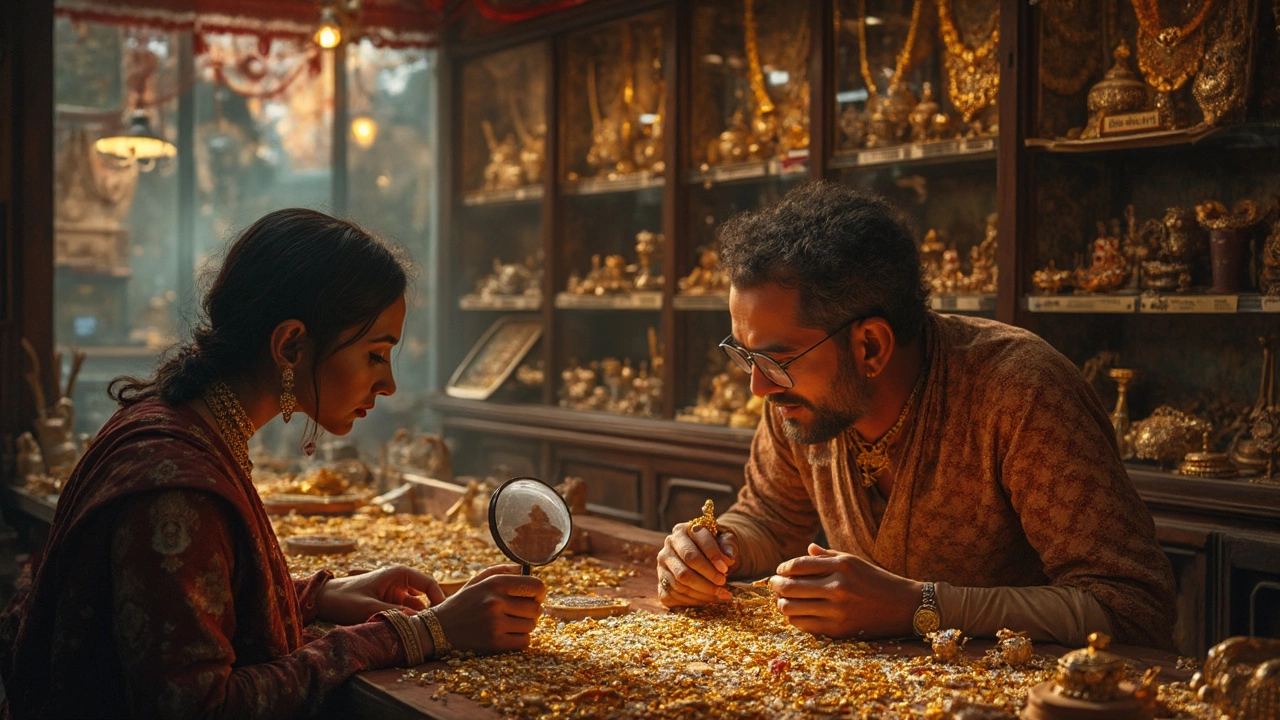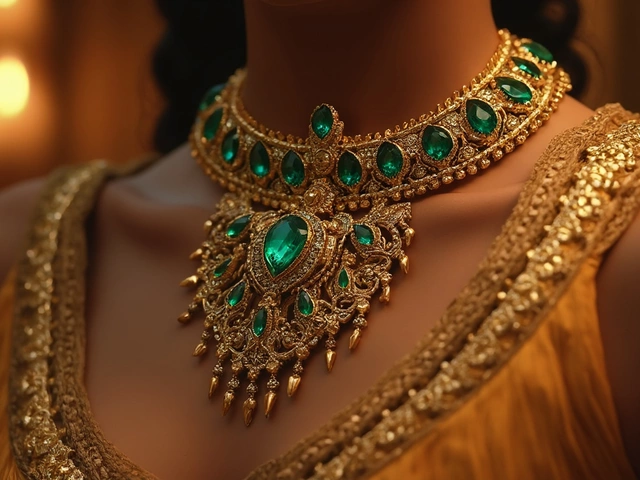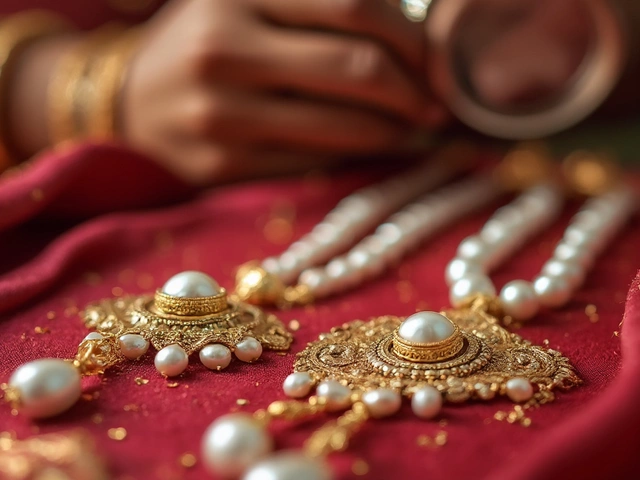Jewelry Investment: How to Turn Your Sparkle into Real Returns
If you think jewelry is just for looking good, think again. The right piece can protect your money, beat inflation and even pay you back later. In this guide we’ll break down the basics—what to buy, when to buy, and how to keep value high—so you can start treating your jewelry like a smart asset.
Why Jewelry Holds Value Over Time
Gold and diamonds have a proven track record of holding worth. Unlike gadgets that become outdated, precious metals and stones stay in demand worldwide. India’s gold market, for example, sees prices rise with global trends, but buying at the right time can lock in a lower cost. Brands that consistently rank high in resale value, such as those listed in our "Top Jewelry Brands with the Highest Resale Value in 2025," also help you get a better return when you sell.
Hallmarks matter a lot. A 875 stamp means 21‑karat gold, which is pure enough to keep value but still sturdy. Knowing the BIS hallmark system lets you avoid cheap imitations and ensures you’re paying for real gold. The same goes for silver: an 833 mark tells you the piece is 83.3% pure, a standard that collectors respect.
Practical Tips to Maximize Your Jewelry Returns
First, buy smart. The "Best Month to Buy Gold in India" post shows that gold prices typically dip in certain months—plan your purchase around those windows to save a few percent. When you’re shopping, use quick tests like the magnet test or weight check (see our "How to Tell Cheap Jewelry" guide) to rule out plated items.
Second, focus on pieces with high resale appeal. Classic designs—plain gold bands, solitaire diamond pendants, and well‑known brand collections—tend to fetch the best prices. Avoid overly trendy styles that may fall out of favor quickly. If you love a splash of color, stick to gemstones with recognized value like emeralds from Panna or high‑quality rubies.
Third, keep documentation. A proper receipt, hallmark certificate, and even a photo of the piece help future buyers verify authenticity. Store jewelry in a safe, dry place to prevent damage; scratches or tarnish can drop resale value dramatically.
Finally, consider timing your sale. Market conditions shift, and some months see higher demand for gold and diamonds—often around major festivals or wedding seasons. Checking price trends before you list can add a nice margin to your profit.
By following these steps—buy low, choose timeless designs, verify hallmarks, and sell at the right moment—you turn everyday sparkle into a reliable investment. Start with one solid piece, watch the market, and watch your wealth grow alongside your style.
Jewelry That Increases In Value: Gold, Diamonds, Vintage & More
Curious if your jewelry box hides a future treasure? This guide uncovers which jewelry types actually go up in value—gold, diamonds, and more—plus expert tips.
Antique Jewelry: Understanding Demand, Value, and the Modern Market
Explore whether there's a demand for antique jewelry, what drives its value, buying and selling tips, and real data about this fascinating market niche.
Antique and Vintage Jewelry: How to Spot Pieces That Keep Gaining Value
Not every old necklace or ring is a treasure in disguise—some actually lose value with time. This article breaks down the tricks and clues to help you spot antique and vintage jewelry worth holding onto. You’ll find out how to judge craftsmanship, why certain eras stand out, and what hallmarks and materials make a piece special. Get ready to glance beyond the surface and learn what really sets valuable jewelry apart. You’ll also pick up everyday tips to keep you from making rookie mistakes at the pawnshop or antique market.







